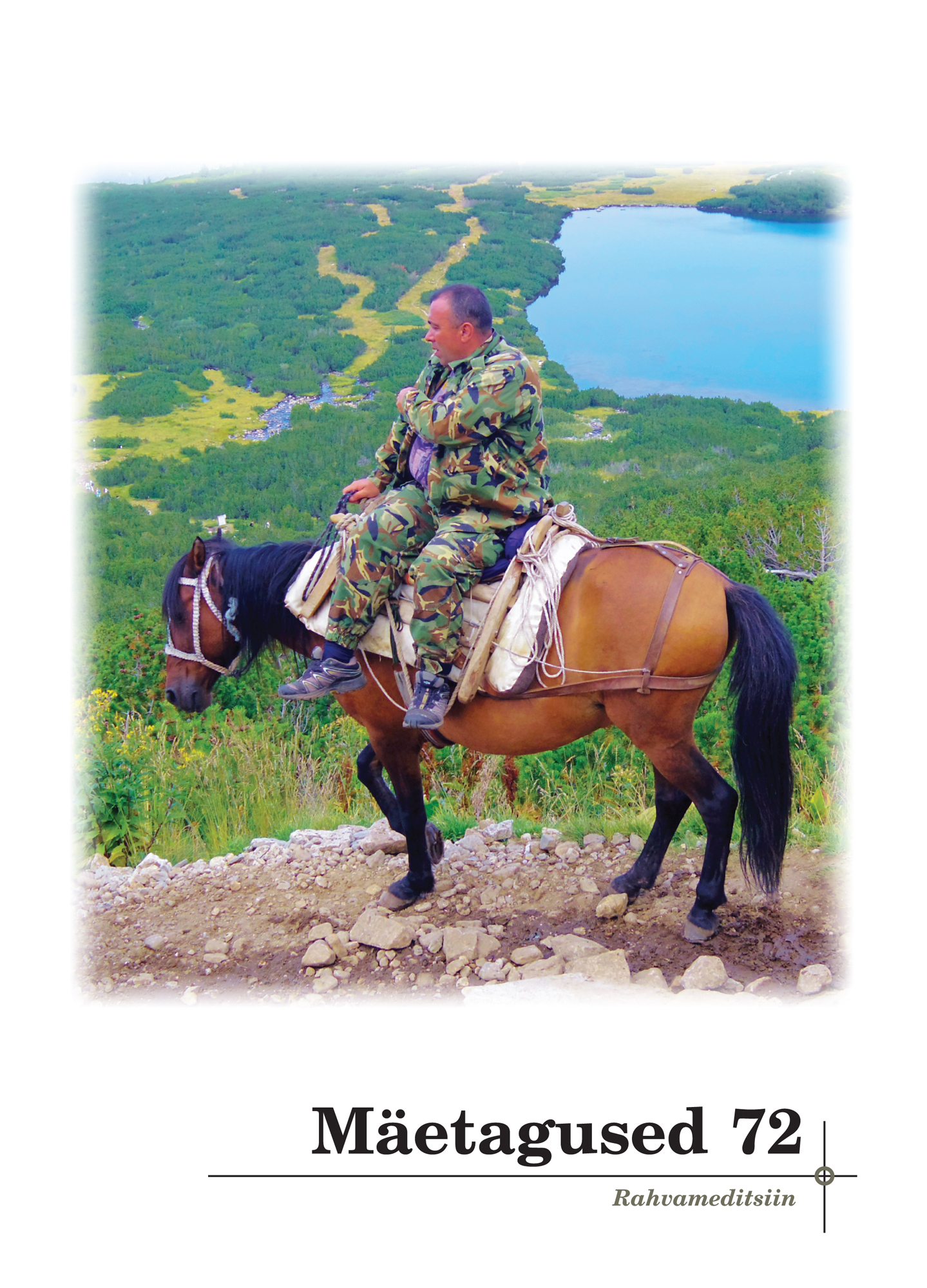Voldemar Sumberg ja Eesti Tervishoiu Muuseumi rahvameditsiinikogu
Voldemar Sumberg and the folk medicine collection of the Estonian Museum of Hygiene
Author(s): Ave Goršič Subject(s): Customs / Folklore, Cultural Anthropology / Ethnology, Culture and social structure
Published by: Eesti Kirjandusmuuseum
Keywords: collecting; Estonian Museum of Hygiene; folk medicine; medical history; questionnaire; Voldemar Sumberg
Summary/Abstract: The Estonian Museum of Hygiene (predecessor to the current one) was established in 1922. One of its principles was to collect and analyse knowledge of folk medicine to inform the public about incorrect treatment and to enhance proper, advanced medical knowledge. The museum’s contributors were voluntary private persons as well as schools and medical students. The exact number of contributors is not clear. By 1935 around 16,000 lines of folk medicine data had been collected, and various folk medicine equipment was displayed as part of the permanent exhibition. The article introduces physician Voldemar Sumberg’s efforts as a student in 1921 (together with other medical students), and as the museum’s director in 1924–1925 in collecting folk medicine information, and gives an overview of the remains of the collection that are currently preserved at the National Archives of Estonia. The museum stressed the need to save folk knowledge and data and to map the locations and activities of folk healers. The physicians tried to learn about the ‘enemy’ to point out the false treatment used among people. The 1921 and possibly also the 1924 collecting campaigns were conducted in collaboration with the Estonian National Museum, and probably also the Estonian Folklore Archives was consulted; the collecting strategies for folk medicine data did not differ much. The main difference lies in the attitude of the physicians to detect true and false in folk treatment, while the ethnographers-folklorists proceeded from the point of view of a ‘complete collection’, thus trying to collect every piece of information possible without adopting a disparaging attitude. V. Sumberg proved that medical professionals also tried to understand folk medicine, and to bring both folk and medical medicine close together without creating superfluous opposition. Considering the still strong position of folk healers in Estonia between the two world wars, it made perfect sense to gather such data to be preserved in the collections of the Museum of Hygiene. The remaining documentation of the museum, which began to wane at the end and after the Second World War, does not clarify the extent to which folk medicine material, either manuscripts or healing devices, were on display at the exhibition. It is certain though that some of the medical tools were on display. It is not ungrounded to argue that this section of the exhibition drew response from the visitors. Today, there are approximately 2000 lines left of all the materials concerning the folk medicine collection in the funds of the National Archives preserving files on the Museum of Hygiene. This involves both direct folk medicine data with names of collectors, notes without clear authorship, and data of folk healers’ names, places of residence, and fields of activity. Additionally, there are corresponding newspaper clippings, offprints of newspaper articles, handwritten notes by Sumberg, etc. The article also presents examples of folk treatment. The rest of the materials, field diaries of medical students hired by the museum, photographs, etc., were destroyed at the end of the Second World War or later. On the other hand, what is left of the collection is very versatile and offers both confirmation and addition to other such data in different folklore collections.
Journal: Mäetagused. Hüperajakiri
- Issue Year: 2018
- Issue No: 72
- Page Range: 81-106
- Page Count: 26
- Language: Estonian

